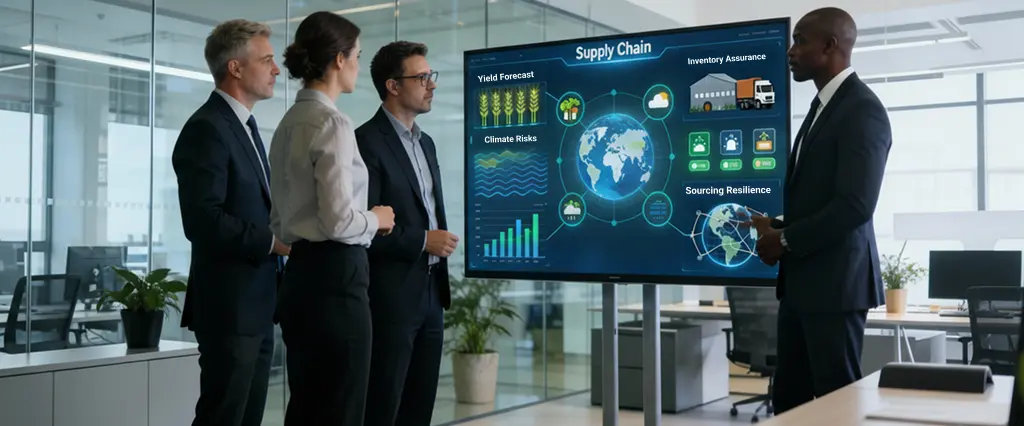Across Africa, an estimated total loss of USD 372 billion was recorded from 2014 to 2017. In 2018, South Africa’s western province saw a decline of 20% in agriculture output, and 33,000 jobs were lost due to extreme drought conditions. The total loss accounted for was close to half a billion dollars in value. The severe scarcity of water was estimated to affect South Africa’s wine exports as well, with an expected decline of 13-20%.
The smallholder farming community constitutes one of the most distressed labor forces in Africa. Insufficient policies and measures to prevent water shortage and the lack of adequate infrastructure or technology for irrigation have forced them to rely heavily on seasonal rainfall that now seems to have abandoned them in their hour of desperate need. Rainfall has hit a record of an all-time low as of 2019 in Southern Africa, which has discouraged farmers from planting grain as they would every year in mid-November. Grain, in Africa, is a staple in the diet of both humans and livestock, and the severe shortage of water is a pressing threat to food security in the region.
What about the other major challenge facing African farming companies? Pest infestation is a huge roadblock to sustainable agriculture in Africa. Maize, which is a staple crop for many parts of Africa, was severely infected by the fall armyworm, causing damage close to $3 billion. Insect pests destroy close to 50% of total crop yield every year, which adversely affects a third of the total households in Africa.
We can’t completely get rid of pest infestation, too. So, is it all doom and gloom for the agricultural sector in Africa? Maybe not, if agribusinesses undertake preventive measures to mitigate such risks and increase climate resilience by managing farms with the use of cutting-edge technology.
How do agritech solutions enable climate-smart agriculture?
Regular tracking and monitoring of crops
Digital farm management solutions help in the early identification and control of pest infestation. Moreover, they can help treat only those areas that are affected rather than treating an entire farm, thus saving time and resources. Read more here.
Smart Farming also enables easier identification of crops that are or are not performing well. It also helps producers analyze how well the crop is doing after being fertilized, monitor which nutrients are required for a particular crop and soil type, and optimize other important aspects of cultivation to increase crop yield.
Standing tall against poor weather conditions
Weather forecast information enables the smart selection of crops that are best suited for the expected weather conditions. It also helps with well-planned day-to-day farm operations such as sowing, timely crop protection, optimum application of fertilizers, scheduling irrigation, etc. In India, where weather and temperature conditions are similar to that in Africa, weather advisories have been able to reduce input costs by up to 10% and also successfully increase per-acre productivity and revenue.
Our state-of-the-art farm management solution SmartFarm can help you
- Build a robust and flexible system for farm and farm data management
- Obtain satellite and weather-based advisory for crop cultivation
- Increase visibility over farm operations for higher agricultural productivity
- Enable farm-to-fork traceability
- Manage pest infestation and diseases effectively
- Derive on-the-go crop reports and insights
- Drive sustainable and climate-smart agriculture








